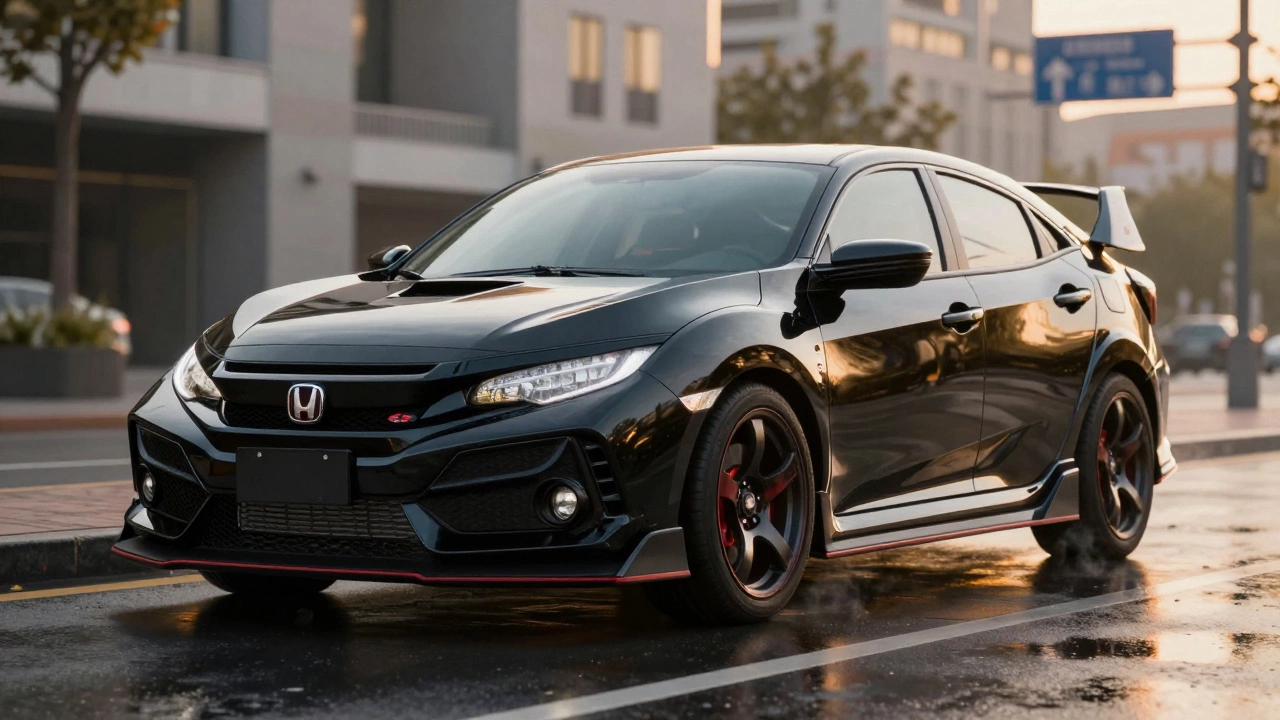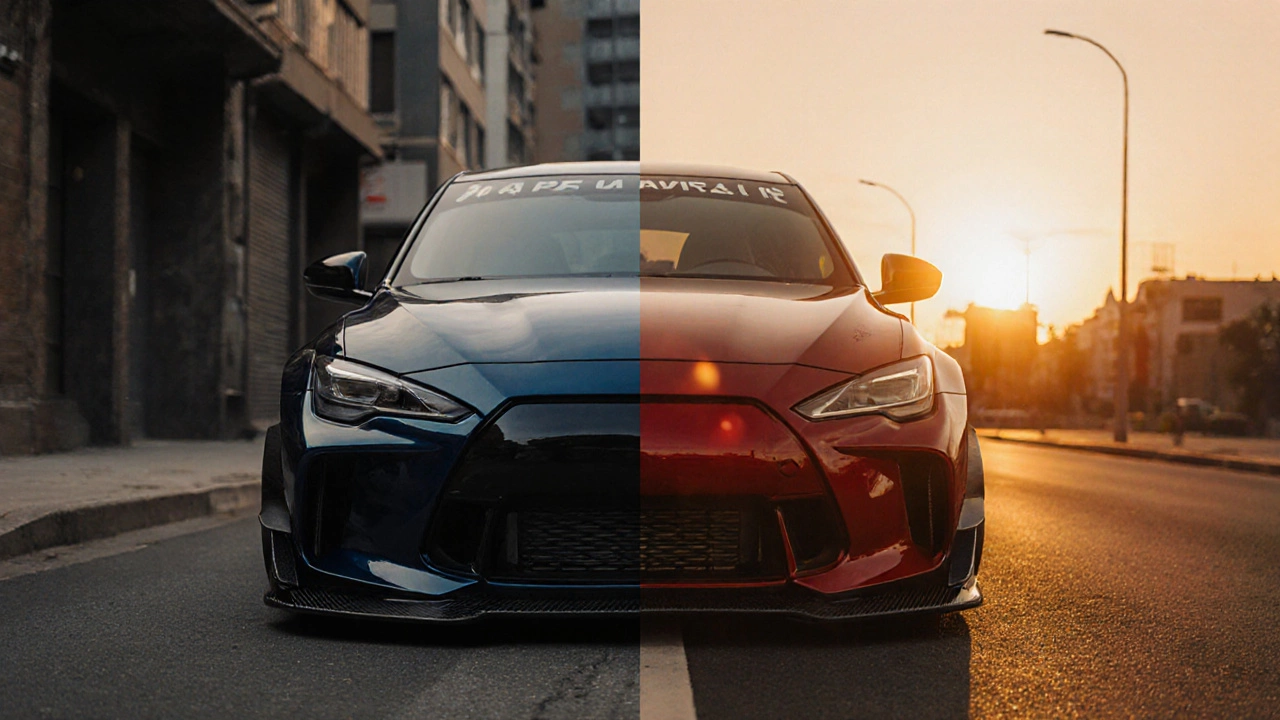Full Body Kit: What It Is and Why You Might Want One
Ever looked at a sports car and thought, "That could look even sharper?" A full body kit is the quickest way to give your ride a fresh, aggressive look without a full paint job. It usually includes new front and rear bumpers, side skirts, a diffuser, and sometimes a spoiler. The parts snap or bolt onto your existing panels, so the original paint stays underneath.
People choose a full body kit for three main reasons: style, aerodynamics, and resale value. If you love the way a low‑rider looks, a kit can drop the stance by a few centimeters and add sharp lines. Some kits are designed to improve airflow, which can help high‑performance cars stay stable at speed. And a well‑installed kit can make your car stand out at shows, potentially boosting its market price.
How Much Should You Expect to Pay?
Cost varies with material, brand, and how many pieces are included. Fiberglass kits are the cheapest, often $300‑$800 for a full set, but they can be heavier and less durable. Polyurethane kits cost $800‑$1,500 and are lighter with a flexible finish that resists minor impacts. Carbon‑fiber kits sit at the high end, ranging from $1,500 to $4,000, offering the best strength‑to‑weight ratio and a premium look.
Don’t forget labor. If you’re comfortable with basic tools, you can install most kits yourself in a weekend. Otherwise, a professional shop will charge $300‑$800 for fitting, wiring any electronic components, and sealing gaps. Adding a clear coat or paint wrap on top of the kit adds $200‑$500 more.
Step‑by‑Step Installation Basics
1. Prep the car. Wash the surface, remove any wax, and dry thoroughly. Mask off areas you don’t want paint or adhesive to touch.
2. Test fit each piece. Hold the front bumper, side skirts, and rear diffuser in place to see where bolts or adhesives line up. Adjust as needed before committing.
3. Drill and tap. If the kit requires bolts, mark drilling points, then drill pilot holes. Use a tap set to create threads if your car’s body isn’t pre‑threaded.
4. Apply adhesive. For polyurethane or carbon‑fiber kits, a marine‑grade adhesive works best. Apply a thin, even layer, then press the part onto the car. Clamp or use double‑sided tape to hold it while the glue cures (usually 24 hours).
5. Seal the edges. Use automotive silicone sealant around the seams to prevent water ingress. This step also reduces wind noise.
6. Finish. If you want a wrap over the kit, clean the surface again and let it cure fully. A professional wrap shop can give you a flawless finish in a few days.
Safety tip: Always wear gloves and eye protection when drilling or handling adhesives. If you’re unsure about any step, a quick call to a local body shop can save you time and money.
After the kit is on, give the car a short test drive. Listen for rattles or loose panels, and tighten any bolts that have shifted. A solid installation feels tight, with no wobble at high speeds.
Lastly, keep local laws in mind. Some regions have strict rules about bumper height, light placement, or side skirt length. Check your council’s vehicle modification guidelines before you lock down the kit.
In short, a full body kit can transform your car’s look and performance without a massive investment. Choose the right material for your budget, plan the install carefully, and you’ll enjoy a sharper, more confident ride for years to come.
A full body kit for a car is a suite of modifications designed to enhance the aesthetic and sometimes the performance of a vehicle. These kits usually include components like bumpers, side skirts, and spoilers, providing a comprehensive transformation to a car's appearance. Upgrading with a body kit can personalize your ride, making it stand out or even improving aerodynamics. Choosing the right kit involves considering material quality, installation complexity, and compatibility with your vehicle model. Discover how to elevate your car’s look and feel with an understanding of full body kits.



